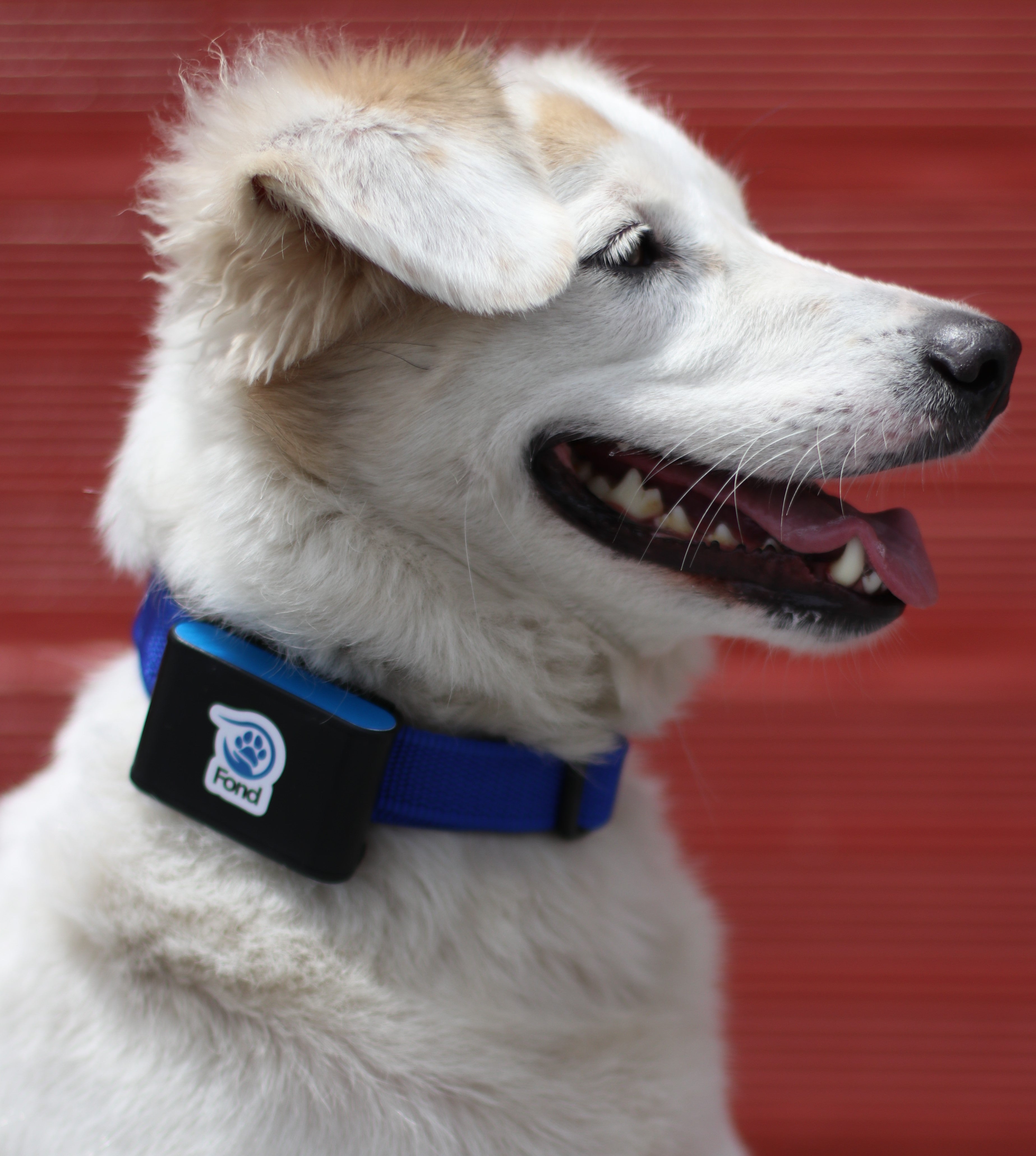
How to take care of a senior dog

Making small modifications to your dog’s routine, medical care, and living environment can help them live a healthier and more pleasant life if you have an older dog to care for.
-
Keep them active:
It’s critical that dogs get lots of exercise as they get older. The main driver of metabolism is muscle mass, and dogs who lose muscle mass experience frailty syndrome, which speeds up the ageing process.A smart dog collar, like the Fond Fluffit, is a useful resource for pet parents who want to keep track of their dog’s activity level. If a dog’s activity level drops, the exercise schedule might be adjusted and include more playtime or longer walks.
-
Create a healthy and balanced diet:
It is essential for pet owners to feed their dogs a well-balanced diet with high-quality components in reasonable amounts to keep them at a healthy weight. At this age, too many calories can cause inflammation and obesity, both of which can reduce your dog’s quality of life.The Fond Foodie is an automatic smart pet feeder that keeps track of your pet’s eating habits while also allowing you to customise your pet’s diet. This product assists in the reduction of obesity in dogs, hence extending their longevity.
-
Regular vet visits:
When it comes to caring for older dogs, one of the most important things to remember is to take them to the vet on a regular basis. As your dog ages, their immune system weakens, making them more susceptible to a range of diseases.As a result, most veterinarians recommend taking an older dog in for regular checkups every six months. This will allow your veterinarian to determine if anything is wrong from the beginning and focus on providing the best treatment for your dog.
-
Make changes in home environment:
Making small changes to your home and your senior dog’s environment can have a big impact if you have a senior dog. Some changes include replacing their old bed with an orthopaedic and/or heated option, installing pet stairs near their favourite pieces of furniture, and placing rugs on slippery surfaces such as tile and wood.

